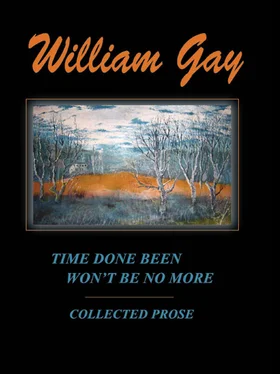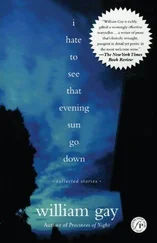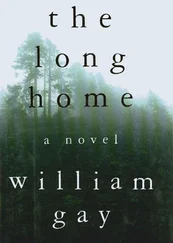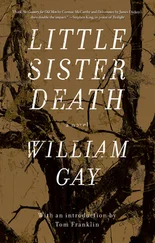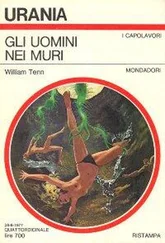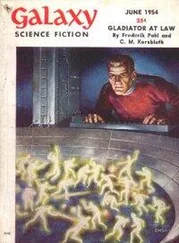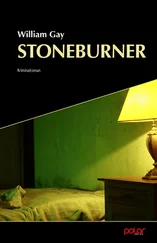You have to eat, Johansen says dismissively of Buster, but the sound he came up with, a sort of blues-Latin-swing combination, predated the swing revival of the 90s and the work of musicians like Brian Setzer by almost a decade.
When Allan Pepper, owner of the Bottom Line, the legendary New York club, was preparing to celebrate the club’s twenty-fifth anniversary, he asked Johansen to perform. But he wanted someone other than Buster Poindexter.
AI had been reading some books about Harry Smith, Johansen says. And I’d gone back and listened to the Anthology , and this four-volume collection from Shanachie called Times Ain’t Like They Used to Be . Depression-era stuff, really rural. And I got interested in this kind of stuff all over again.
Music has always been a part of Johansen’s life, one of the earliest things he remembers. His father was a lover of opera, and he heard a lot of that, but early on, Johansen formed an attachment to old acoustic blues, later widening his appreciation to take in the electric-urban recordings of Muddy Waters and B.B. King and Sonny Boy Williamson. Around the age of fifteen he taught himself harmonica and guitar (I’m still almost as good now as I was then, he says today), which may seem a little unusual for a kid raised in New York City, but the usual has never been what Johansen does.
So for the Bottom Line gig he put together a band with this sort of music in mind: Guitarists Brian Koonin and Larry Saltzman together with bassist Kermit Driscoll and drummer Joey Baron. He had his blues band. Johansen professes to see not much of a stretch between them and the New York Dolls. The Dolls were a blues band, he insists. We just massacred the form. The bass player couldn’t breathe and play at the same time. He’d take these big breaths and hold them and shoot out all these notes. Then he’d have to stop playing to breathe. It just happens that we can do both at the same time.
The show at the Bottom Line was supposed to be a onetime thing, but everything fell together. A write-up in the New York Times caused a lot of interest in the band, and besides, Johansen says, it was a lot of fun.
Norman Chesky, who had known Johansen from his Poindexter days and who owns Chesky records, a label known mainly for the intense quality of its recordings and for the mixture of ethnic, blues, and jazz releases, wanted to make a record with him.
During a three-day session at New York’s St. Peter’s Episcopal Church, the band, now calling themselves the Harry Smiths, recorded twenty-five songs. Thirteen of them made it onto the album.
The result was nothing short of a revelation. The record sounds at once timeless and state-of-the-art, like an Alan Lomax field recording made on some black sharecropper’s front porch using marvelous equipment that did not yet exist. Johansen chose some of the songs from Smith’s Anthology and others of the same somber shading.
I just did songs I like, Johansen says. It’s a pretty dark record, usually someone expires in each of the songs.
The album was well reviewed everywhere from Entertainment Weekly to Rolling Stone to audiophile magazines like Hi-Fi News , and ultimately the British music publication Mojo would select it as one of the ten best blues albums of the year.
The general tone of the reviews was that a cross-dressing New York Doll had reinvented himself as a lounge singer and then again as an eighty-year-old bluesman, but Johansen is complicated and intelligent, and the truth is not quite that simple. A couple of the songs are staples from the Buster Poindexter days, and one of them, Sonny Boy Williamson’s Don’t Start Me Talking, turned up on the Dolls’ second album. Johansen has always been a marvelous actor, from his Doll days up through the films he’s appeared in (such as 20 °Cigarettes and Scrooged ), but there the seams fade and edges blur, and it is difficult to tell the actor from the man, the singer from the song, and that is the quality that the old alchemist Harry Smith was fascinated with.
You could see it as simply a matter of role-playing, of alternating one mask for another. But there’s never the impression of the Manhattan skyline double-imaged onto a landscape of Mississippi Delta farmland.
The songs on David Johansen and the Harry Smiths are not note-for-note recreations, as the New Lost City Ramblers were wont to do, nor are they old songs reworded and modernized, made more accessible by the use of contemporary arrangements and the hewing off of rough edges, as Bill Morrissey did on his album of Mississippi Hon Hurt songs, or Dave Alvin did on his Public Domain .
He seems to work in the way some of the singers on the Anthology do: Not interpreting the song or reinventing it but inhabiting it.
His take on Oh Death is like a cold, damp wind blowing off the river Styx. More chilling than the Ralph Stanley version on the current O Brother, Where Art Thou? soundtrack, it evokes the 1927 Dock Boggs performance, then edges it with a deeper shade of black. The voice sounds at an absolute remove from hope or life, and salvation is not even a consideration. Johansen sounds as if he has hellhounds on his trail and the Grim Reaper peering through the bedroom window, bone fingers already reaching to close his eyes and wire his jaws shut.
When asked about this quality, Johansen mentions darkness and light. Without dwelling on the darkness he was in (this was a guy, after all, who lived the life of a rock star) or the light he sees now, he says, You can be in the darkness and come into the light. But even though you’re in the light, you know the darkness is still out there.
Johansen played some gigs in London earlier this year, just a bluesman sitting on a stool and cradling a guitar with a harmonica brace hung around his neck. It was a far cry from the way he looked in the early days. He had grown a beard, and he was wearing a plain, dark suit. He warned New York Dolls fans to stay away; nevertheless, old Dolls covers like Don’t Start Me Talking got the most applause. But in London as well as New York, audiences seem perfectly comfortable with Johansen as a sort of method actor of the blues, and Mojo magazine said they had just seen a man who would go down in the books as being as artistically honest and creatively daring as the deceased bluesmen he now honors.
Like the tricksters and masked marvels and shapeshifters that populate the Anthology , both Harry Smith and David Johansen have an affinity for morphing roles and presenting an ever-changing façade to the world and, like the songs themselves, an aversion to being categorized or pinned down. They also share the music, for that is the glue that binds them together.
Time done been won’t be no more, Furry Lewis warns in his version of See That My Grave Is Kept Clean, not only singing it but prefacing it with an imperative: Listen, he sings, as if he wants you to remember it, listen. Time done been won’t be no more.
But in a sense, if a moment of time is the world we inhabit in that moment, it is the world that matters and not the clock that measures it.
In the end Johansen’s music seems to be saying that the world doesn’t change, only the guises it goes under, only the masks it wears. Appearance is nothing. The essentials remain. Love is still love, and loss is still loss. Death was ever death and will remain so. The dark is as black as it ever was, and the light is what you struggle toward, and that seems to matter as much to David Johansen as it did to Rabbit Brown or Harry Smith.
I BELIEVE I’LL BUY ME A GRAVEYARD OF MY OWN
WHEN FURRY LEWIS WAS REDISCOVERED in Memphis in 1959 by Sam Charters, nothing much happened. The folk revival, when scholars and musicologists and collectors of worn 78 records on strange labels like Black Patti and Okeh would prowl Mississippi back roads looking for the old men who long ago recorded the music that was strange as the labels, did not come along until the early 60’s. When it did, bluesmen like Mississippi John Hurt and Son House and Furry Lewis found themselves on the road again, playing to new audiences at the Newport Folk Festival and the East Coast coffeehouse circuit. Those old country-blues songs that had been dismissed, almost forgotten, were popular again.
Читать дальше
